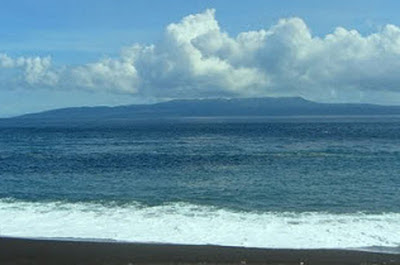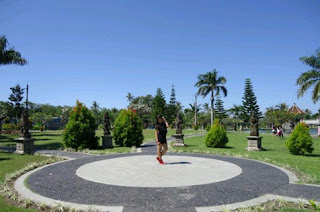 |
| Museum Bali |
Museum Bali is one of the ancient buildings that has remained well-preserved until today. It is located in the center of Denpasar city, precisely to the east of Puputan Badung Square, adjacent to the Jagatnatha Temple. The museum building stretches from north to south and is divided into two parts. The northern section is a complex of ancient buildings that were planned and built in 1910.
Museum Bali houses various legacies of the past, focusing on human history and ethnography. Its collection consists of ethnographic objects such as tools and equipment for daily life, artworks, religious artifacts, and manuscripts that reflect the life and cultural development of Bali.
The museum holds a total of 10,506 recorded collections, including manuscripts and copies. These collections were acquired through purchases from the community, art shops, as well as gifts and donations. Some collections currently being inventoried include stupas with hundreds of components, 8.5 kg of kepeng coins, ceramics from Europe and China, and porcelain from Japan, China, and Siam.
The Bali Museum building follows the Tri Mandala concept, which consists of the Nista Mandala (outer area), Madya Mandala (middle area), and Utama Mandala (main area).
In the Utama Mandala, there are three main buildings:
- Tabanan Building, a pavilion with typical architecture from Tabanan Regency, housing antiquities such as artworks, accessories, household items, ceremonial tools, and a variety of traditional weapons.
- Buleleng Building, a structure with North Bali-style architecture, containing household tools, craft equipment, agricultural and fishing tools, entertainment devices, and primitive sculptures made from clay, stone, and other materials.
- Karangasem Building, a building with East Bali-style architecture, storing prehistoric objects, archaeological artifacts, ethnographic items, as well as some modern paintings.
Open: Sunday to Thursday from 8:00 to 15:00 and Friday from
08:00 to 12:30






























